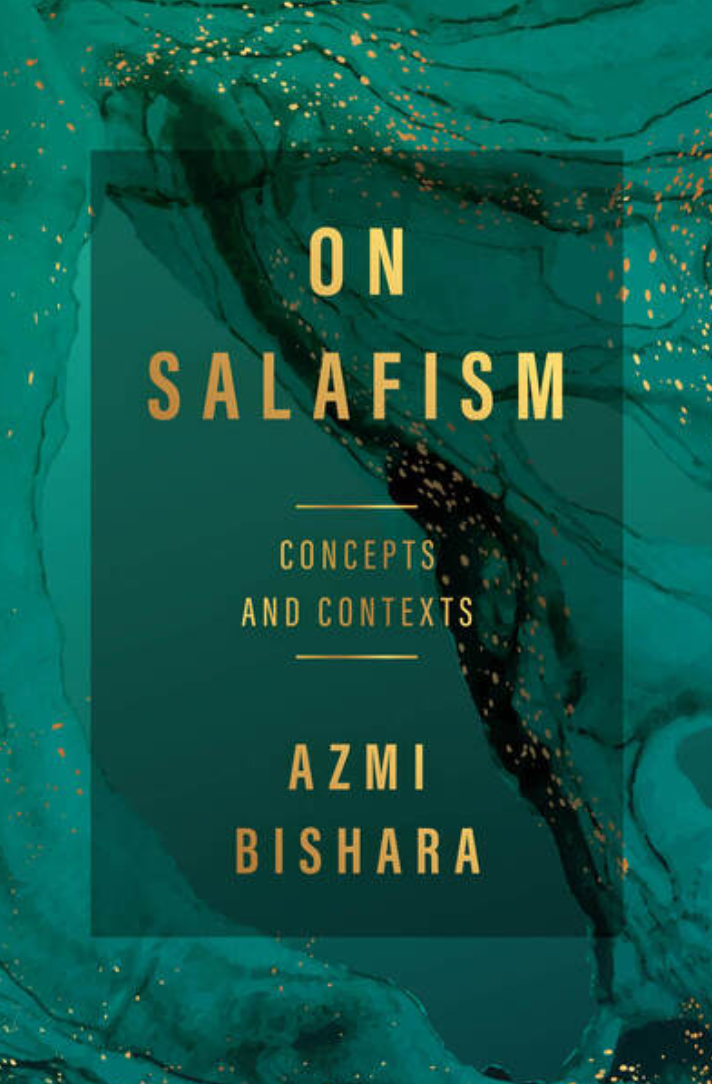Editor note: This article was originally published the Italian Institute for International Studies.
The Islamist organization in power today in Damascus, Hay’at Tahrir al Sham, is grappling with the management of power and the unification of a country divided and torn apart by years of civil war. After having led a lightning advance against the Assad regime, starting from the governorate of Idlib where it had been confined for the last ten years or so and heading for the capital at the beginning of December 2024, it has completely changed its narrative from jihadism to ruling Islamism. A gradual and fundamentally pragmatic change that has the objective of maintaining power. The challenge of HTS is now to include all the components in the new Syria without distinctions between men and women, language and religion. A challenge that the leadership of the organization seems to have pragmatically accepted, but which still needs to be completely accepted by the base of the movement.
Jabhat al-Nusra’s Islamist narrative: lurching between ISIS and al-Qaeda
Hay’at Tahrir al-Sham (HTS), formerly known as Jabhat al-Nusra, has undergone significant ideological, organizational, and alliance transformations since its foundation in 2012. This evolution occurred gradually, even during its affiliations with the Islamic State in Iraq and Al Qaeda, where its narrative remained distinct. Initially, when it was part of the Islamic State in Iraq (2012-April 2013), its approach was markedly less extreme than ISIS’s. Al-Nusra aimed to mobilize regional fighters to challenge Bashar al-Assad’s regime rather than to govern. Nevertheless, the group attracted thousands of foreign fighters into its ranks, especially in its early stage. The group focused on supporting fellow Muslims in Syria, without displaying ambitions to rule. During this period, it also sought to forge connections and alliances with local factions and civilians, positioning itself primarily as a movement dedicated to fighting the Syrian regime and its allies.
In April 2013, Jabhat al-Nusra severed ties with the Islamic State in Iraq and aligned itself with al-Qaeda Central, led by Ayman al-Zawahiri. Contrary to expectations that the group would adopt a less extreme stance given al-Qaeda’s relatively moderated approach compared to the Islamic State in Iraq, Jabhat al-Nusra entered a more radical phase. This shift was largely due to defections by hundreds of foreign fighters who perceived the group’s leader, Abu Mohammad al-Jawlani (later known as Ahmed Al Sharaa, the self-appointed Syrian President), as too lenient. These fighters believed that the Islamic State in Iraq was more aligned with their views, leading to their departure.
To counteract this perception and retain his fighters, al-Jawlani sought to reaffirm Jabhat al-Nusra’s commitment to the Salafi jihadi cause, demonstrating that the group remained resolute and formidable. This period of competitive radicalization is exemplified by a 2015 incident where Shadi al-Waysu, then a judge and now the Minister of Justice under HTS, was filmed supervising public executions of women, underscoring the group’s hardened stance. Despite these actions, the group was internally conflicted about its direction. While it aimed to project strength and adherence to the Salafi jihadi cause to its members and enemies, it also sought to integrate and show solidarity with the local communities it was part of. Thus, during this period, Jabhat al-Nusra grappled with conflicting narratives about its identity and goals.
By 2016, Jabhat al-Nusra realized the high cost of its association with al-Qaeda and consequently severed ties. The group’s public discourse shifted from al-Qaeda’s global agenda to a more localized focus. They began to eliminate phrases with global connotations like “Jihad against the West” or “Jihad against secular states,” replacing them with terms emphasizing their focus on Syria, albeit with an Islamist orientation. This change was symbolically marked by their adoption of the Syrian revolutionary flag, modified only by adding the shahada, the Islamic declaration of faith. The initial signs of change emerged in 2016 when al-Jawlani publicly revealed his face for the first time. Until then, his identity had been concealed, known only by his voice. In this pivotal moment, he announced the severance of ties with al-Qaeda and declared that the group would no longer align with external organizations. This marked the beginning of a shift towards pragmatic moderation. By 2017, the leadership made concerted efforts to blend the Islamist elements of the group with a stronger nationalist focus, emphasizing their commitment solely to Syria.
HTS in power, and jihadism?
When Jabhat al-Nusra broke ties with al-Qaeda and rebranded as Jabhat Fateh al-Sham in 2016, it faced internal resistance from pro-al-Qaeda members within the group. Most of these members defected and formed Hurras al-Din, which remained affiliated with al-Qaeda in Syria. Although Hurras al-Din announced its dissolution last month, it had effectively ceased to exist in 2020 after HTS cracked down on it and shut down its military bases. Driven by a desire to survive and dominate northwest Syria, al-Jolani sought to merge with other local factions to integrate his group within the local Islamist opposition. This effort resulted in the formation of Hay’at Tahrir al-Sham (HTS) in 2017, a merger that included Jabhat Fateh al-Sham, Liwa al-Haqq, Army of the Sunna, Ansar al-Din, and Nur al-Din al-Zenki Movement. Some of these factions later defected from HTS, prompting the group to either dismantle or weaken them.
By 2017, HTS began promoting the concept of al-Kayan al-Sunni, or the Sunni entity, encapsulating the group’s narrative as the protector of Sunnis in Syria against the Alawite regime and its allies. This narrative remained largely unchanged until December 2024, when HTS advanced towards Damascus. During this operation, a radical shift occurred in their discourse, moving away from the notion of a Sunni entity to embrace a more inclusive slogan, “Syria for all Syrians.” This marked a significant change in their Islamist narrative as they approached the capital.
Currently the HTS’s state narrative talks about protecting all Syrians, regardless of their gender (here we mean men and women) or sect, which reflects its leadership’s high sense of pragmatic adaptability. The leadership’s goal is to stabilize and solidify its power to ensure continued governance. Al-Sharaa is prepared to do whatever is necessary to achieve this, including engaging with minorities and forming a nominally inclusive government. This transition from a radical past to a more moderate position has not been smooth or complete. The leadership has responded to dissent within its ranks—those adhering to extreme and violent radicalism—by expelling, imprisoning, or executing them.
The transformation within HTS was implemented through a top-down approach, with the leadership mandating a new direction and gradually enforcing it among its followers. The group has acknowledged its previous extremist behavior, positioning these actions as part of a past phase in its trajectory and implying a move away from such practices. For instance, when a 2015 video featuring the current Minister of Justice resurfaced and went viral recently, HTS confirmed its authenticity but emphasized that the actions were part of their history, without explicitly condemning them. Significantly, the minister involved was not removed from his position.
The challenge within HTS primarily lies in the relationship between its leadership and the organization’s base—its fighters and rank-and-file members—who have experienced the shift from the global jihadism of ISIS and AQ into to a governance-oriented Islamism. Until November 27, 2024, HTS publicly positioned itself as a defender of Sunni Islam, focusing on protecting the Sunni entity in Idlib. However, as they expanded their control into regions of Syria previously held by Assad, the leadership began advocating on behalf of all Syrians, shifting to a more inclusive rhetoric.This abrupt change in narrative presents a significant adjustment for the rank-and-file, who have been indoctrinated for years with the ideology of protecting Sunni identity. This transition may be challenging for fighters used to a narrower, sectarian viewpoint. Moreover, many HTS fighters, having never left the conservative environment of Idlib, are now encountering less conservative communities in Damascus. These new interactions could potentially foster deeper social changes within Syrian society, as human relationships evolve and influence perspectives and behaviours.




